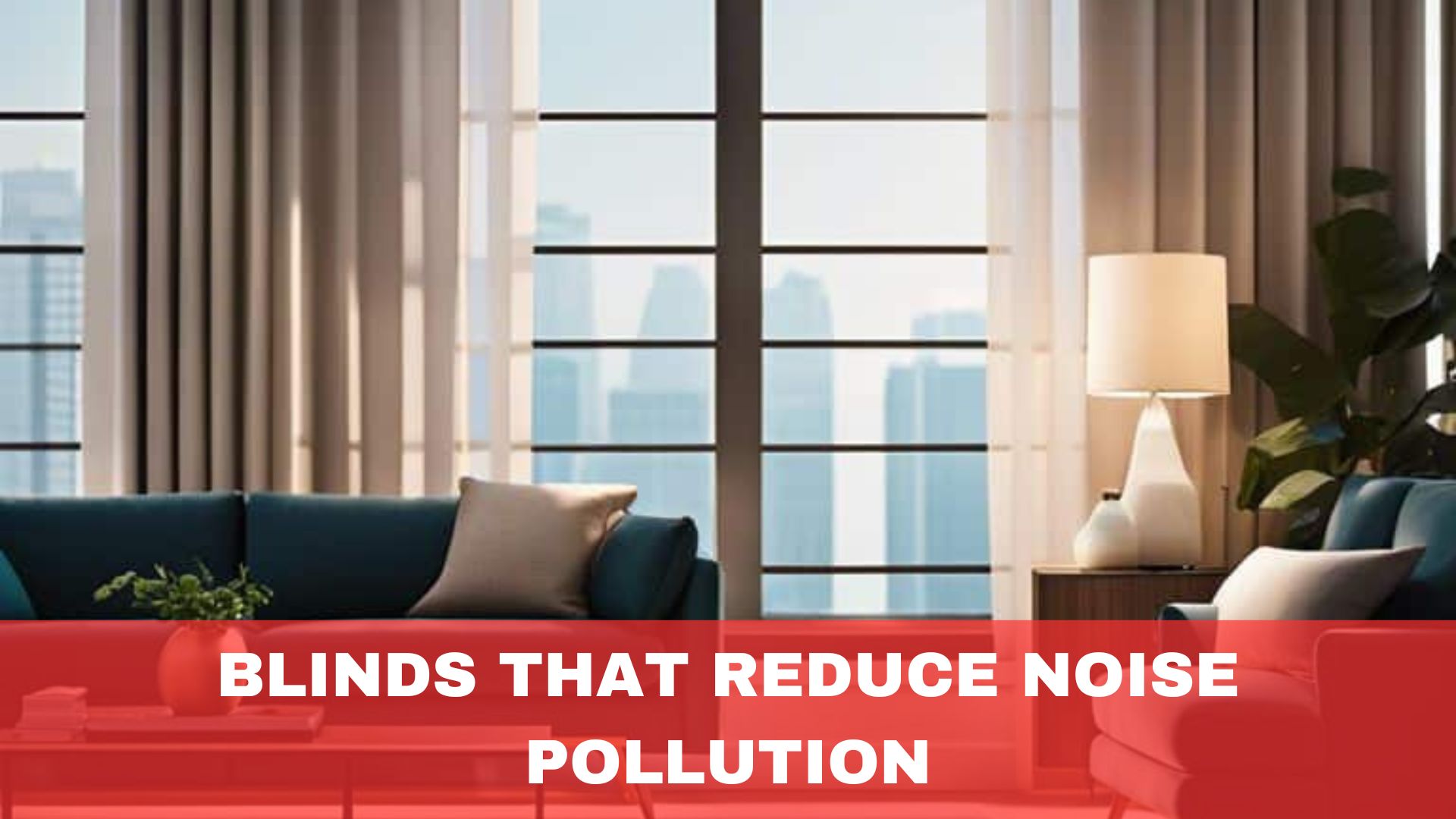Noise pollution is an increasing concern for many homeowners, disrupting peace and affecting well-being.
Persistent traffic sounds, loud neighbours, and urban commotion can make relaxing and enjoying your home environment challenging.
Fortunately, specialized blinds are designed to reduce noise pollution, providing a quieter, more serene living space. Discover how these innovative window treatments can help you reclaim tranquillity in your home.
Are There Blinds That Can Help Reduce Noise Pollution in My Home?
Blinds can significantly reduce noise pollution in your home. Specialized options like honeycomb blinds, Roman blinds, and double roller blinds are designed to absorb and insulate sound. These blinds enhance your home’s aesthetic appeal and create a quieter, more comfortable living environment, effectively minimising external noise disturbances.
How Blinds Can Help Reduce Noise
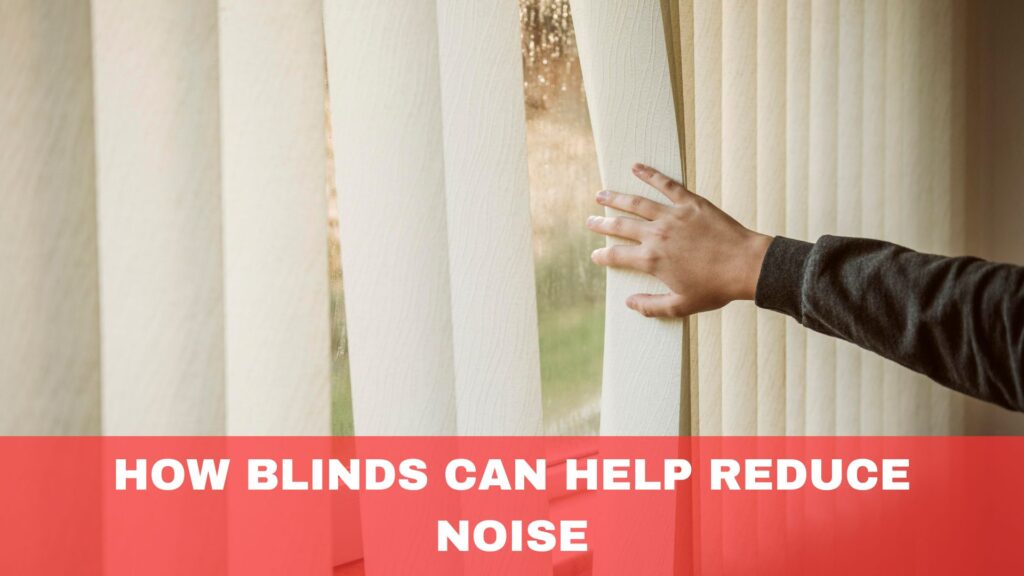
Blinds can significantly reduce noise pollution in your home, creating a more peaceful and comfortable environment. The primary way blinds achieve this is through sound absorption and insulation.
High-quality materials used in sure blinds, such as honeycomb or cellular structures, are designed to trap air within their cells. This trapped air acts as an insulating barrier, effectively reducing the transmission of sound waves from outside.
Honeycomb blinds are particularly effective due to their unique design, which creates pockets of air that dampen sound. Roman blinds, made from thick, layered fabrics, can also reduce noise.
The fabric layers add mass and density to your windows, absorbing sound and preventing it from entering your home.
Double roller blinds, featuring a dual-layer design, provide an additional barrier against noise. Combining a sheer layer and a blackout layer offers versatility in light control and enhances soundproofing by adding extra layers for sound waves to penetrate.
When choosing noise-reducing blinds, consider material thickness, fit, and installation factors. Properly fitted blinds with minimal gaps can significantly enhance their noise-reducing capabilities.
Types of Noise-Reducing Blinds
Noise pollution is an increasing concern for many homeowners, especially those living in bustling urban environments. Persistent sounds from traffic, loud neighbours, and various outdoor activities can disrupt the tranquillity of your living space, affecting your overall well-being and peace of mind. Below are some of the types of noise-reducing blinds;
1. Honeycomb Blinds
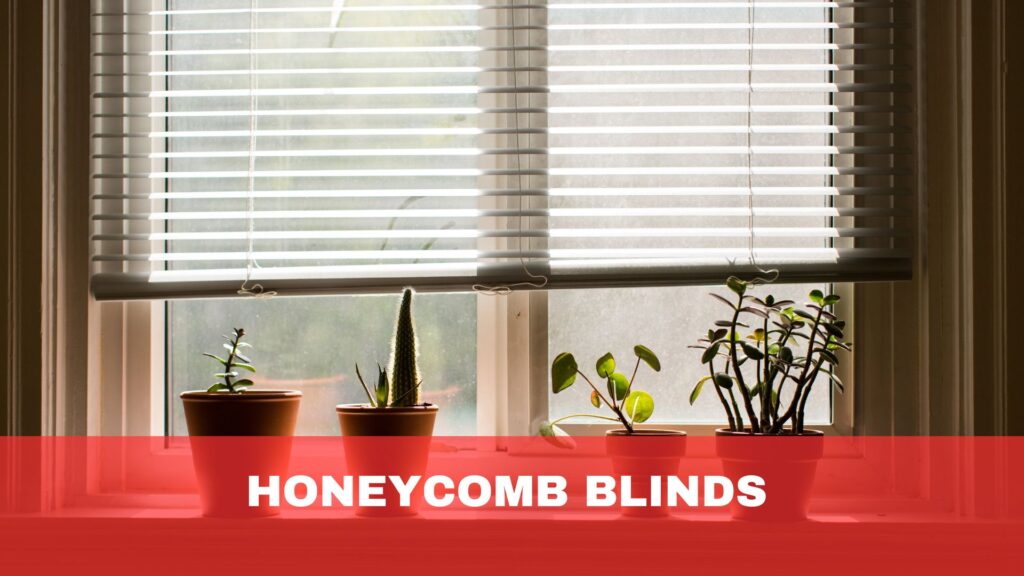
Honeycomb blinds, also known as cellular shades, are one of the most effective options for reducing noise pollution in your home. Their unique design features a series of honeycomb-shaped cells that trap air, creating an insulating barrier.
This structure helps regulate temperature and significantly reduces the transmission of sound waves, making your living space quieter.
The cells in honeycomb blinds are available in single, double, and even triple layers, with each additional layer providing increased sound absorption. These layers work together to dampen external noises, making them particularly beneficial for homes in noisy urban areas. The materials used in honeycomb blinds are often thick and durable, further enhancing their soundproofing capabilities.
Honeycomb blinds are versatile and can be customized to fit various window sizes and shapes. They are available in multiple colours and opacities, allowing you to choose the perfect style for your home while enjoying noise reduction benefits. Additionally, their sleek and modern appearance can complement any interior décor.
Proper installation is crucial for maximizing the noise-reducing benefits of honeycomb blinds. Ensuring a snug fit with minimal gaps will enhance their effectiveness in blocking unwanted noise, helping create a more peaceful and comfortable home environment.
2. Roman Blinds
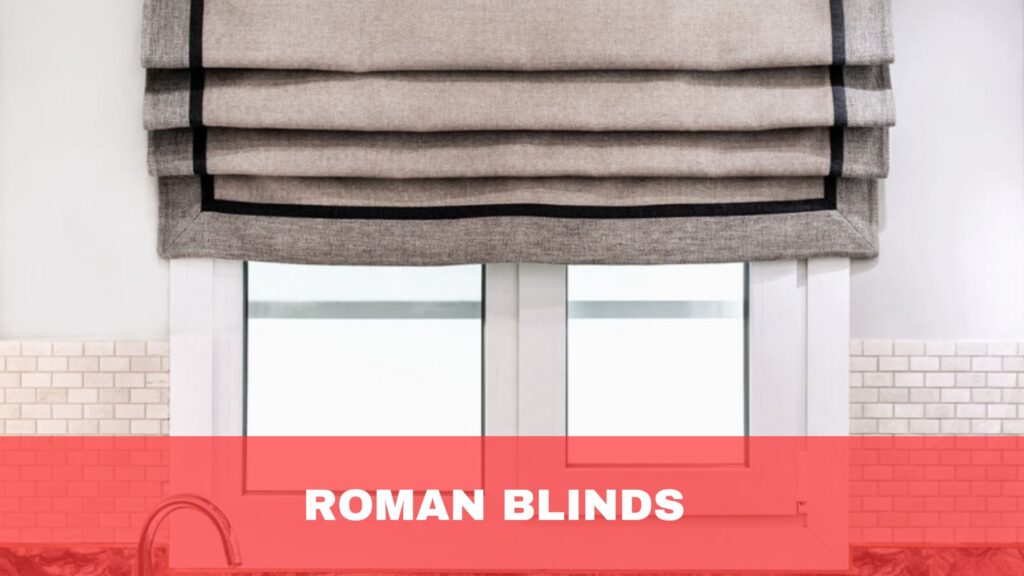
Roman blinds are an excellent choice for reducing noise pollution in your home. They combine functionality and elegance. These blinds are crafted from thick, luxurious fabrics that provide a substantial barrier against external noise. The fabric’s density and weight are crucial in absorbing sound waves, preventing them from penetrating your living space.
One critical benefit of Roman blinds is their ability to be layered with additional linings. Adding a thermal or blackout lining can significantly enhance their soundproofing capabilities. These linings block light and add extra mass to the blinds, further improving their ability to dampen noise.
Roman blinds are available in various fabrics, colors, and patterns, allowing you to customize them to match your home décor while enjoying noise reduction benefits. Their design, which folds neatly when raised, offers a sleek and tidy appearance, making them suitable for any room in your home.
Proper installation is essential for maximising the noise-reducing benefits of Roman blinds. Ensuring a close fit to the window frame with minimal gaps will enhance their effectiveness in blocking unwanted noise. By choosing Roman blinds, you can create a quieter, more serene environment without compromising style.
3. Double Roller Blinds

Double roller blinds are an innovative and effective solution for reducing noise pollution in your home. These blinds feature a dual-layer design, combining sheer and blackout layers. The sheer layer allows natural light to filter through while providing privacy, and the blackout layer offers complete light blockage and enhanced insulation.
The dual-layer structure of double roller blinds creates an additional barrier against sound waves, making them highly effective at dampening external noise. This mainly benefits homes in noisy urban areas or near busy roads.
The combination of materials used in double roller blinds contributes to their soundproofing capabilities, with the blackout layer providing the necessary thickness and density to absorb and block sound.
Double roller blinds are versatile and can be adjusted to suit different lighting needs throughout the day. Adjusting the layers lets you control the light entering your room while reducing noise. This flexibility makes them an excellent choice for any room in your home.
Proper installation of double roller blinds is crucial for optimal noise reduction. Ensuring a snug fit with minimal gaps will maximise their effectiveness in blocking unwanted noise.
Factors to Consider When Choosing Noise-Reducing Blinds
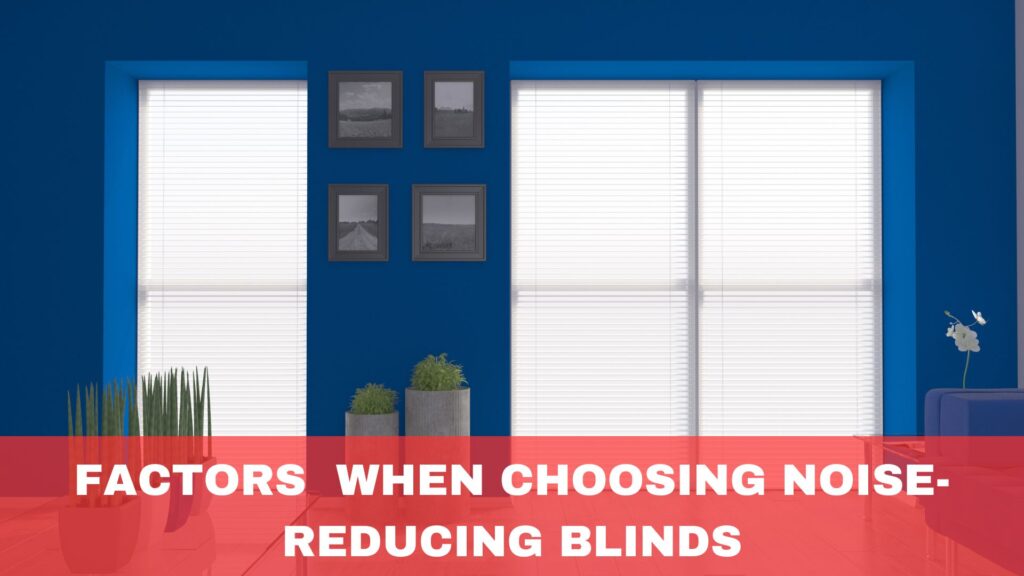
Choosing the right blinds can significantly reduce noise pollution in your home, creating a more serene and comfortable environment. Noise-reducing blinds are designed with specific materials and structures that help block and absorb sound, providing an effective solution for those living in noisy urban areas or near busy streets.
This section will explore the key factors to consider when selecting noise-reducing blinds to ensure you achieve the best results for your home:
- Material Thickness: Thicker materials offer better sound absorption. Consider options like honeycomb or Roman blinds.
- Fit and Installation: Ensure a tight fit with no gaps. Professional installation is recommended.
- Room Type and Specific Needs: Choose blinds that cater to each room’s needs, such as light control or maximum noise reduction.
- Style and Aesthetic Appeal: Select blinds that complement your decor while providing noise reduction.
- Ease of Operation and Maintenance: Opt for easy-to-use and clean blinds; consider motorized options for convenience.
- Cost and Budget: Balance your budget with desired features and noise reduction levels.
Additional Tips for Enhancing Noise Reduction
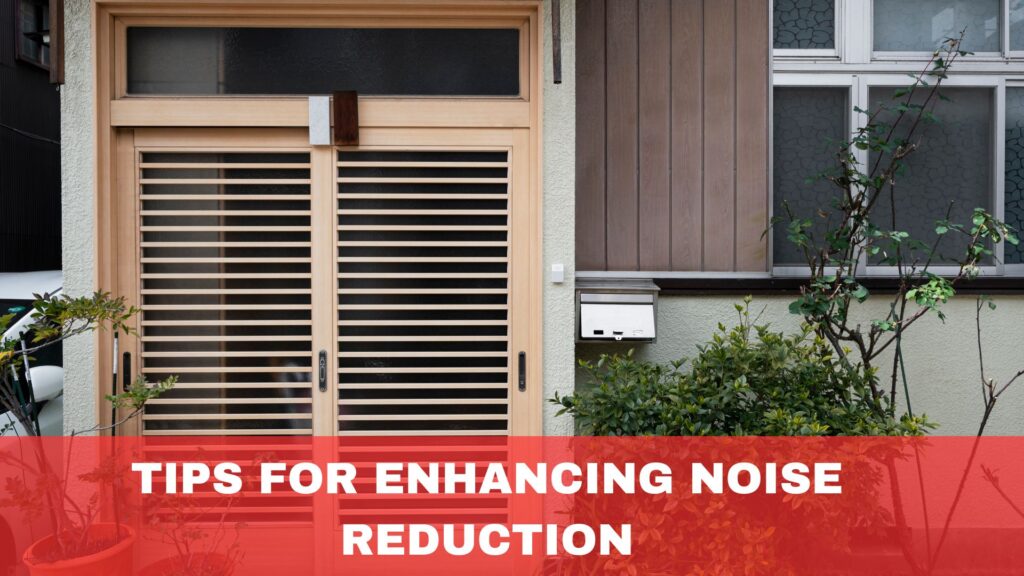
To further enhance noise reduction in your home, combining noise-reducing blinds with other soundproofing measures can be highly effective. Adding heavy curtains over your blinds can provide an extra layer of insulation, helping to block out more sound. Opt for curtains made from thick, dense fabrics like velvet or thermal materials, which are excellent at absorbing noise.
Sealing gaps around windows is another crucial step. Even the best noise-reducing blinds can be less effective if there are gaps where sound can enter. Use weatherstripping or acoustic sealants to fill gaps around the window frames, ensuring a tighter seal.
Installing double-glazed windows can significantly improve noise reduction. These windows have two layers of glass with a space in between, which acts as a buffer to reduce sound transmission. When combined with noise-reducing blinds, double-glazed windows can create a highly effective barrier against external noisee.
Consider using rugs and carpets in your rooms, especially in areas with hardwood or tile floors. These soft furnishings can help absorb sound and reduce echo, contributing to a quieter environment.
Lastly, arranging furniture strategically can also help dampen noise. Bookshelves, upholstered furniture, and wall hangings can all act as additional sound barriers, helping to reduce noise levels within your home.
Conclusion
In conclusion, noise-reducing blinds can significantly enhance the tranquillity of your home. You can effectively minimise external noise by choosing the right type and ensuring proper installation.
Explore our range of noise-reducing blinds at INTO BLINDS Melbourne to create a quieter, more comfortable living environment. Contact us today for expert advice and installation services.

